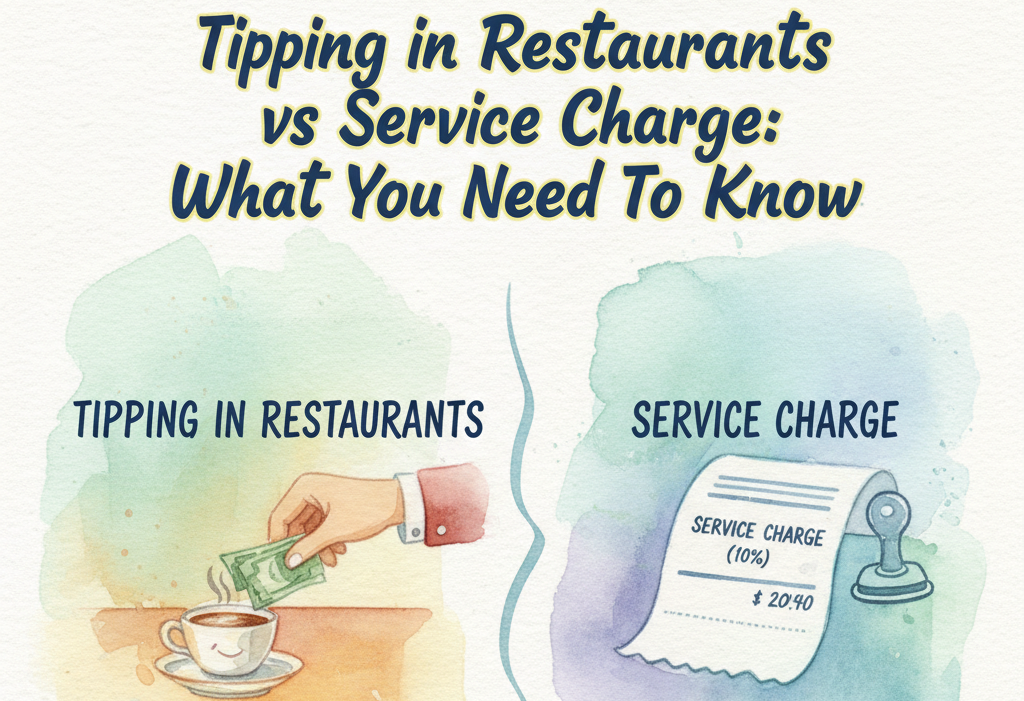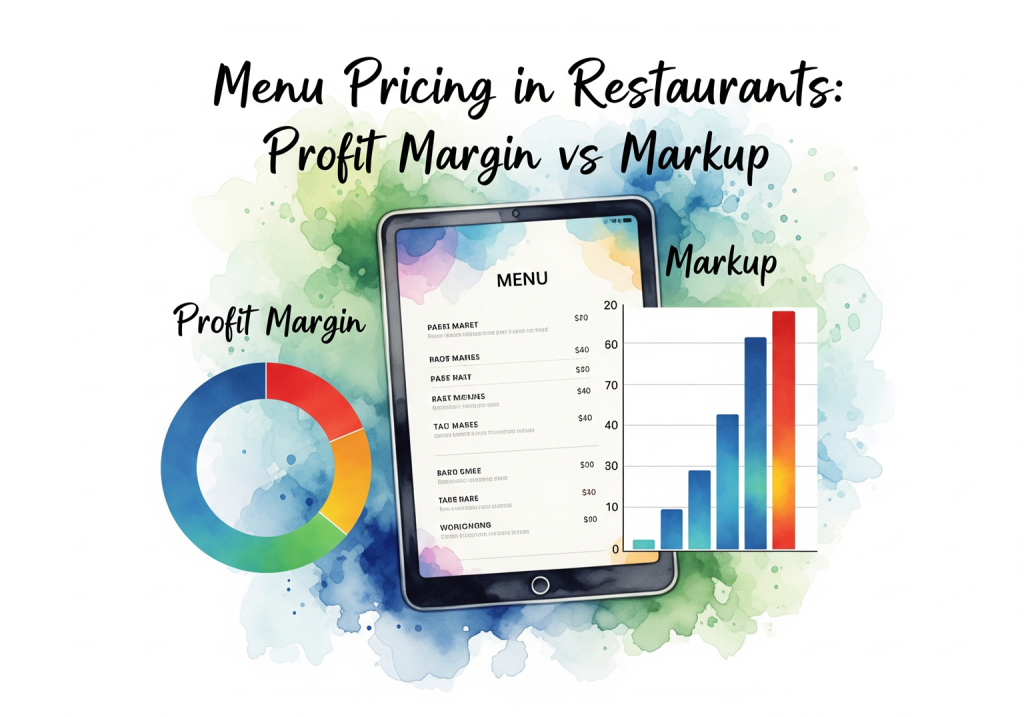Recipe management for restaurants involves efficiently organizing, recording, and controlling the recipes within a professional kitchen. It includes standardized procedures for ingredient measurements, preparation methods, and plating instructions. This process ensures consistency, quality, and streamlined operations in the kitchen. Restaurants use this to enhance food production, control costs, and maintain the overall integrity of their dishes, contributing to a cohesive dining experience for customers.
Aspects of Recipe Management
Collection and Storage– The method involves saving recipes in one place. You can do this digitally with recipe management apps or inventory control feature on POS systems. Or, you can do it manually using notebooks or index cards.
Organization- It involves sorting recipes into groups like meal type (breakfast, lunch, dinner), cuisine, and diet choices (vegetarian, vegan, gluten-free). This makes finding certain recipes quicker.
Formatting– Keeping a standard recipe format is crucial. It includes an easy-to-read ingredient list, measurements, and step-by-step instructions. By doing this, following recipes becomes simpler and less confusing.
Easy Access– A system must be created for smooth recipe access while planning meals or cooking. This could be digital platforms for instant searches or a neatly organized physical collection.
Maintenance– Regular reviews and upgrades of the recipe collection are a must. Get rid of recipes that aren’t in utility, add fresh ones, and adjust the present ones according to the need.
Meal Planning -Recipe management should merge seamlessly with meal planning routines for more efficient cooking. This typically includes fitting recipes into weekly or monthly meal schedules.
How recipe management helps in generating higher revenue
1. Consistent Quality
Consistency is crucial in the restaurant industry, and recipe management plays a pivotal role in achieving it. By meticulously documenting ingredient quantities, preparation techniques, and cooking times, chefs can ensure that each dish is consistently prepared to meet the established standards. This consistency not only satisfies customers’ expectations but also helps build a reliable brand identity.
2. Cost Control
Recipe management aids in precise inventory control and cost monitoring. By having detailed recipes with accurate ingredient quantities, restaurants can calculate the cost of each dish more accurately. This allows for better management of inventory levels, preventing overstocking or wastage. Moreover, it facilitates identifying cost-effective ingredient alternatives without compromising on quality, contributing to improved profit margins.
3. Waste Reduction
Accurate recipes help minimize food wastage. With precise measurements and standardized preparation methods, chefs can avoid over-preparation, ensuring that ingredients are utilized efficiently. This not only contributes to cost savings but also aligns with sustainability goals, reducing the environmental impact of the restaurant’s operations.
4. Efficient Training and Onboarding
Recipe management serves as a comprehensive training tool for kitchen staff. Newly hired staff can quickly learn and adhere to standardized recipes, reducing the time and resources required for training. It also ensures that all team members follow the same procedures, maintaining consistency in food quality even when the staff quit.
5. Streamlined Operations
A well-organized recipe management system streamlines kitchen operations. Chefs and kitchen staff can work more efficiently when they have clear guidelines and standardized processes. This leads to faster preparation times, improved workflow, and a reduction in the likelihood of errors during busy service hours.
6. Allergen and Dietary Information
In today’s diverse culinary landscape, addressing dietary preferences and allergies is crucial. Recipe management allows for the inclusion of detailed information about ingredients, facilitating the identification of allergens and accommodating dietary restrictions. This ensures that the restaurant can cater to a broad range of customer needs while avoiding potential health risks.
7. Improved Communication
A centralized recipe management system fosters better communication within the kitchen. It ensures that all team members have access to the latest recipes and updates, reducing the chances of misunderstandings or discrepancies in food preparation. Improved communication contributes to a harmonious working environment and a more cohesive kitchen team.
8. Data-driven Decision Making
Recipe management systems generate valuable data on ingredient usage, popular dishes, and cost-per-plate metrics. This data-driven approach empowers restaurant owners and chefs to make informed decisions regarding menu adjustments, pricing strategies, and inventory management. It supports strategic planning and contributes to the long-term success of the restaurant.
9. Regulatory Compliance
In an environment where food safety and regulatory compliance are paramount, recipe management assists in adhering to industry standards. It ensures that recipes align with health and safety guidelines, helping the restaurant maintain a positive reputation and comply with local health regulations.
To conclude recipe management creates a kitchen where consistency is not just a goal but a guarantee, where costs are controlled with precision, and where waste reduction and sustainability go hand in hand. Picture a team working in harmony, guided by a system that not only streamlines operations but also fosters efficient communication and data-driven decision-making. We hope that by this time you would’ve understood everything about recipe management. Tell us in the comments how you benefitted from the implementation of recipe management in your restaurant.




